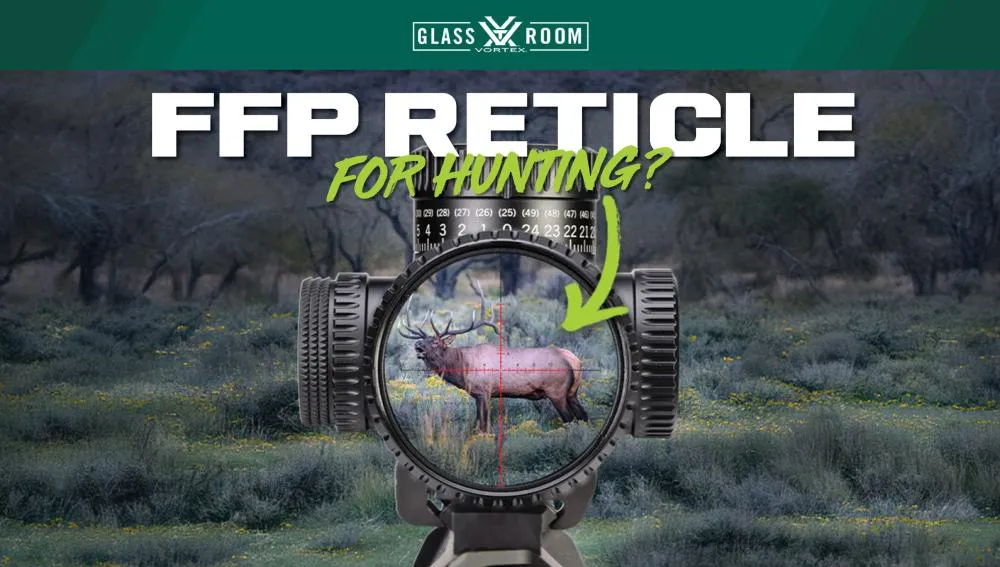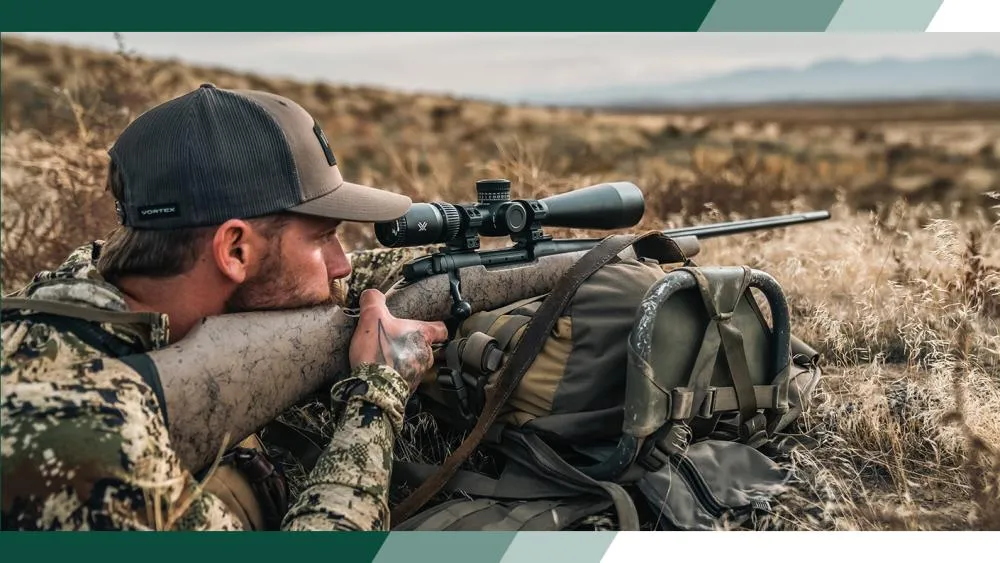Understanding the advantages of first focal plane riflescopes for hunting situations.
One of the trickier decisions when selecting a riflescope for hunting is the choice between first focal plane (FFP) and second focal plane (SFP) reticles. This simple break down explains what first focal plane is, its advantages in specific hunting scenarios, and considerations to keep in mind when selecting a riflescope like the Viper® HD 5-25×50 FFP or Razor® HD LHT™ 4.5-22×50 FFP.
What is First Focal Plane?
First, let’s clarify how FFP differs from SFP riflescopes. With a FFP riflescope, the reticle appears to change size as you adjust the magnification. This means the reticle’s sub-tensions remain accurate at all magnification levels, making it ideal for long-range shooting where precise holdovers are crucial.





